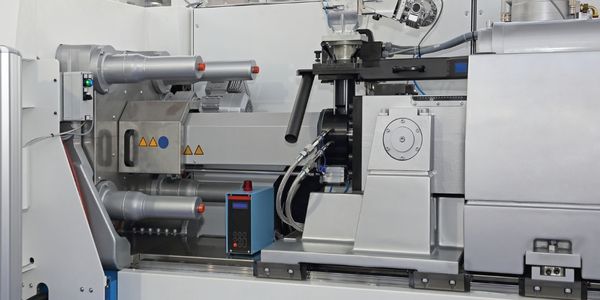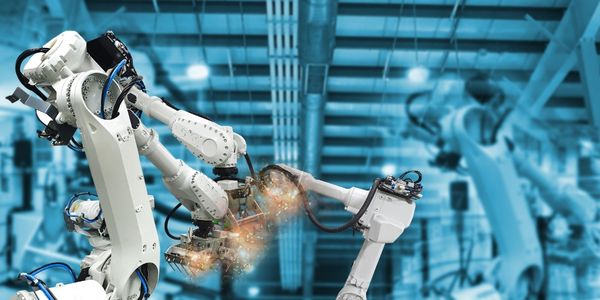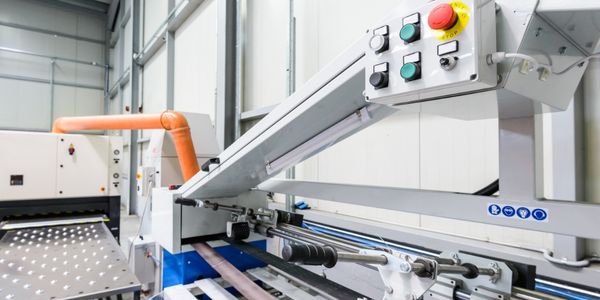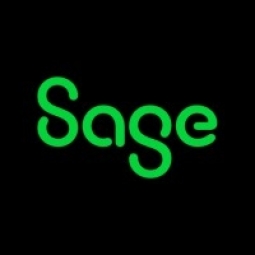Customer Company Size
SME
Region
- America
Country
- United States
Product
- Sage 100 ERP
- Sage TimeSheet
- Sage CRM
Tech Stack
- Job Cost module
- Inventory Management module
Implementation Scale
- Enterprise-wide Deployment
Impact Metrics
- Productivity Improvements
- Cost Savings
Technology Category
- Functional Applications - Enterprise Resource Planning Systems (ERP)
Applicable Functions
- Discrete Manufacturing
- Procurement
Use Cases
- Manufacturing System Automation
- Inventory Management
Services
- System Integration
About The Customer
Digital Signal Corporation is a worldwide leader in the research and development of three-dimensional facial recognition systems. This sophisticated and top-secret technology is currently being developed for the Department of Defense and other federal agencies. The company, which is just six years old, has grown rapidly and the growth trend is expected to continue as commercial uses for its technology are uncovered. The company is based in Alexandria, Virginia and has 22 employees.
The Challenge
Digital Signal Corporation, a worldwide leader in the research and development of three-dimensional facial recognition systems, was using QuickBooks as their accounting software. However, as the company grew, the entry-level software did not have the depth and breadth Digital Signal Corporation required. The company passed the Defense Contract Audit Agency (DCAA) audit by the skin of their teeth, only because they were able to produce paper records to supplement what they couldn’t get from QuickBooks. The company needed a more robust accounting system that could meet governmental requirements and provide comprehensive job costing data to better estimate future jobs.
The Solution
The company decided to implement the Sage 100 ERP suite of modules, which delivers broad functionality, powerful features, and a strong accounting foundation. The company also uses Sage TimeSheet, an integrated time and expense tracking solution that is both powerful and easy to use. Employees enter their time directly into Sage TimeSheet. After the time entries are reviewed and approved, those entries flow into the Payroll and Job Cost modules and in the case of expense entries, into the Accounts Payable module—eliminating the need for duplicate data entry by payroll and administrative staff. The company is also implementing Sage CRM, which will be used to store customer contact information and the details of its contract with those customers.
Operational Impact
Quantitative Benefit

Case Study missing?
Start adding your own!
Register with your work email and create a new case study profile for your business.
Related Case Studies.

Case Study
Plastic Spoons Case study: Injection Moulding
In order to meet customer expectations by supplying a wide variety of packaging units, from 36 to 1000 spoons per package, a new production and packaging line needed to be built. DeSter wanted to achieve higher production capacity, lower cycle time and a high degree of operator friendliness with this new production line.

Case Study
Robot Saves Money and Time for US Custom Molding Company
Injection Technology (Itech) is a custom molder for a variety of clients that require precision plastic parts for such products as electric meter covers, dental appliance cases and spools. With 95 employees operating 23 molding machines in a 30,000 square foot plant, Itech wanted to reduce man hours and increase efficiency.

Case Study
Hospital Inventory Management
The hospital supply chain team is responsible for ensuring that the right medical supplies are readily available to clinicians when and where needed, and to do so in the most efficient manner possible. However, many of the systems and processes in use at the cancer center for supply chain management were not best suited to support these goals. Barcoding technology, a commonly used method for inventory management of medical supplies, is labor intensive, time consuming, does not provide real-time visibility into inventory levels and can be prone to error. Consequently, the lack of accurate and real-time visibility into inventory levels across multiple supply rooms in multiple hospital facilities creates additional inefficiency in the system causing over-ordering, hoarding, and wasted supplies. Other sources of waste and cost were also identified as candidates for improvement. Existing systems and processes did not provide adequate security for high-cost inventory within the hospital, which was another driver of cost. A lack of visibility into expiration dates for supplies resulted in supplies being wasted due to past expiry dates. Storage of supplies was also a key consideration given the location of the cancer center’s facilities in a dense urban setting, where space is always at a premium. In order to address the challenges outlined above, the hospital sought a solution that would provide real-time inventory information with high levels of accuracy, reduce the level of manual effort required and enable data driven decision making to ensure that the right supplies were readily available to clinicians in the right location at the right time.

Case Study
Fully Automated Visual Inspection System
Tofflon has developed a fully automatic machine that uses light to inspect vials, medicine bottles, or infusion containers for glass fragments, aluminum particles, rubber grains, hairs, fibers, or other contaminants. It also detects damaged containers with cracks or inclusions (microscopic imperfections), automatically removing faulty or contaminated products. In order to cover all production processes for freeze-dried pharmaceuticals, Tofflon needed to create an open, consistent, and module-based automation concept.

Case Study
SAP Leonardo Enabling Rocket Science
At times, ULA has as many as 15 different operating systems dedicated to overlapping processes, such as rocket design, testing, and launch. Multiple systems created unnecessary costs and unwanted confusion among workers at offices, factories, and launch sites in different location. In order to improve collaboration and transparency during vital activities that directly influence mission success, ULA wanted to improve data sharing and streamline manufacturing processes.








